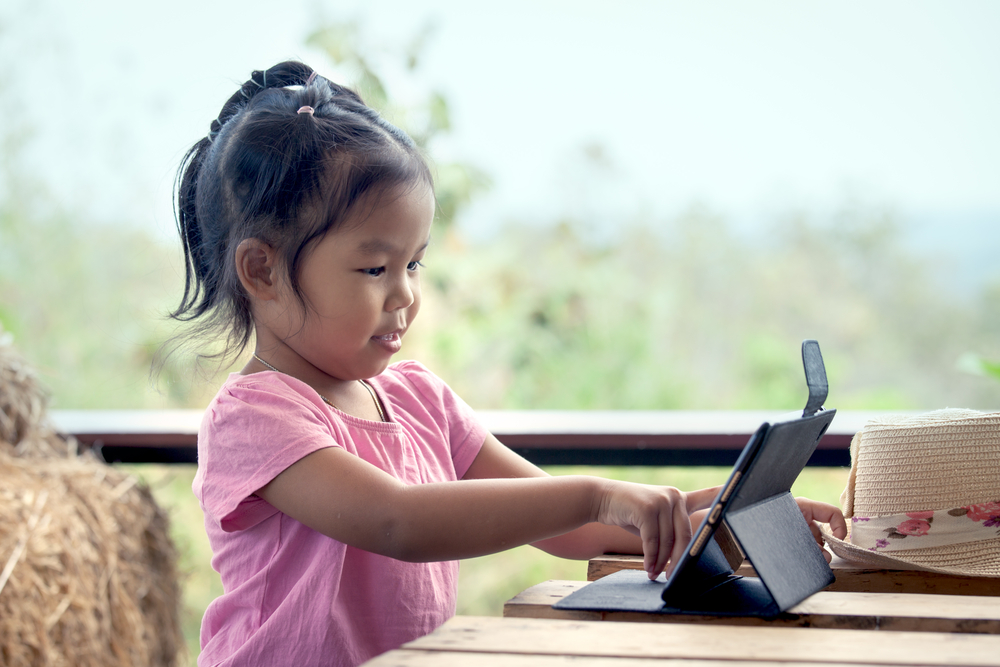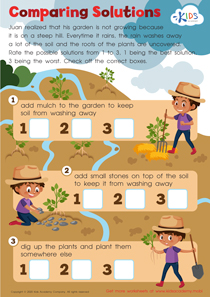Matching Worksheets Activities With Answers for Ages 3-8
82 filtered results
-
From - To
Explore our engaging "Matching Worksheets Activities with Answers for Ages 3-8" designed to stimulate young minds while making learning fun! These worksheets offer children the opportunity to enhance their logical thinking skills by matching images, words, and concepts. Each activity is crafted to cater to various developmental levels, ensuring that your child remains challenged yet supported. With a variety of themes and topics, parents and educators can easily find the perfect match for their students’ interests. Plus, our answer key simplifies the grading process. Get ready to boost your child’s cognitive skills with interactive and enjoyable learning! Download your worksheets today!
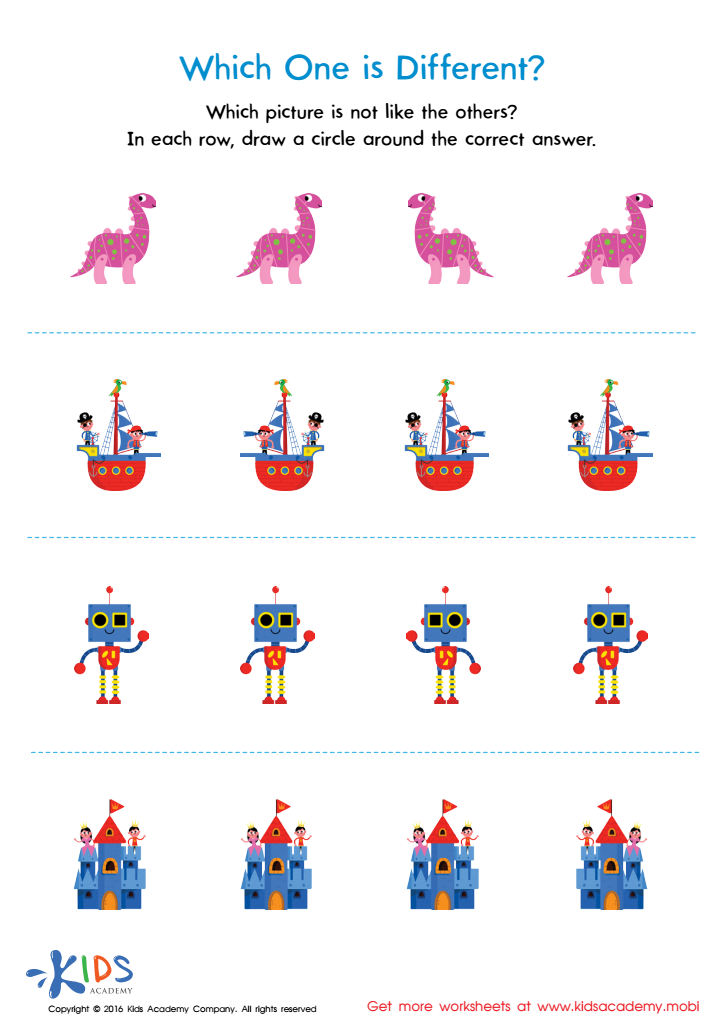

Which One Is Different Worksheet
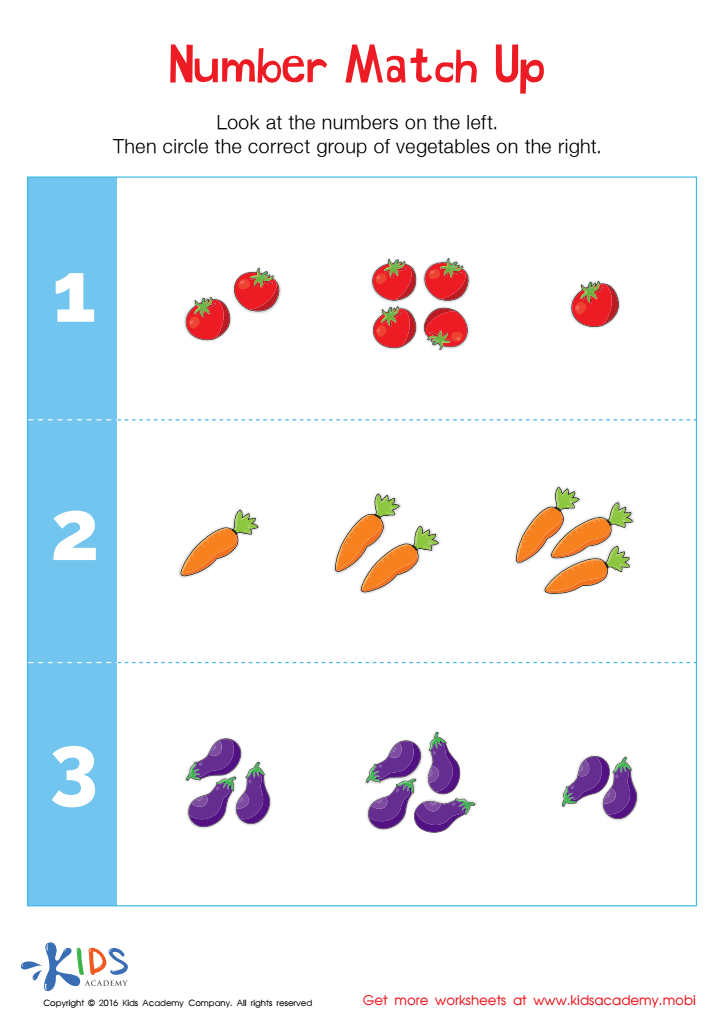

Number Match Up Worksheet
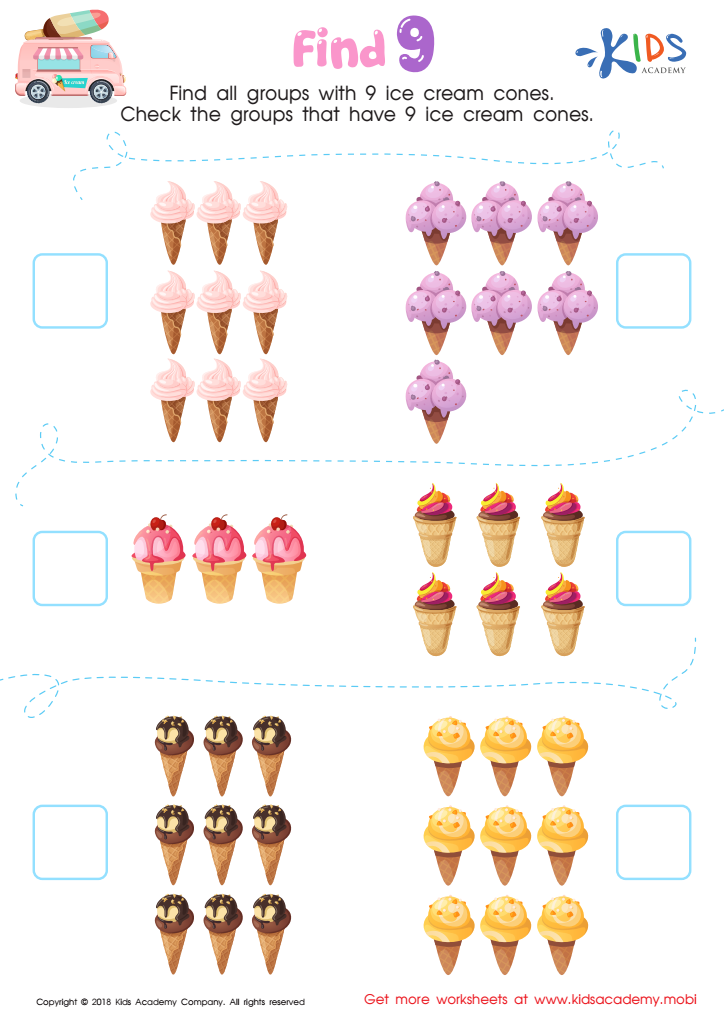

Find 9 Worksheet
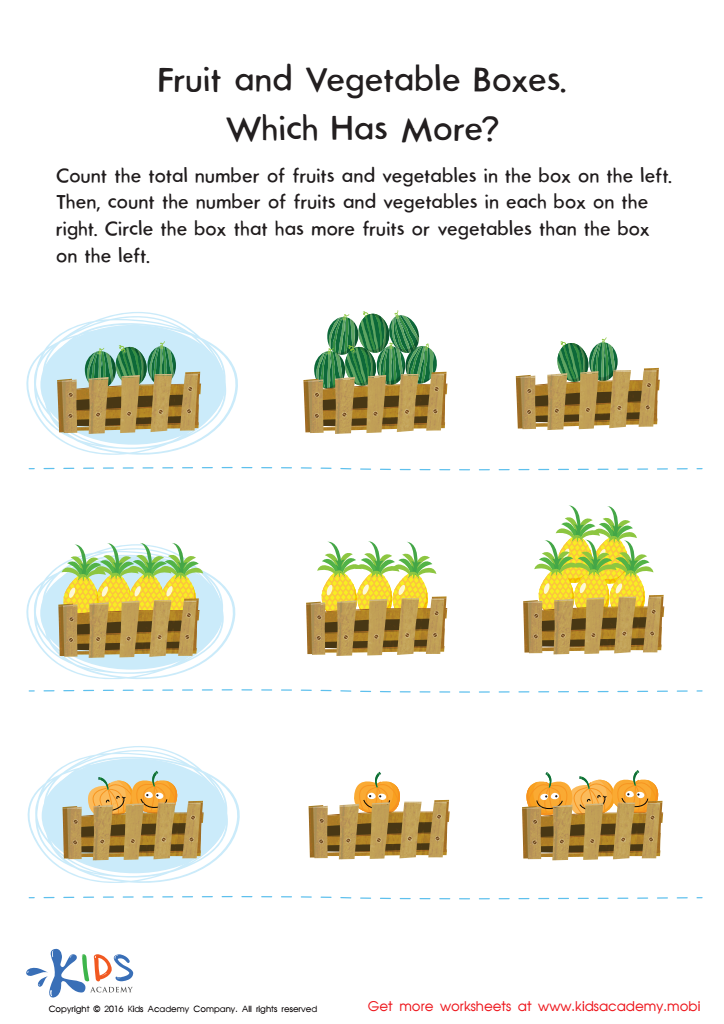

Which Has More? Size Worksheet
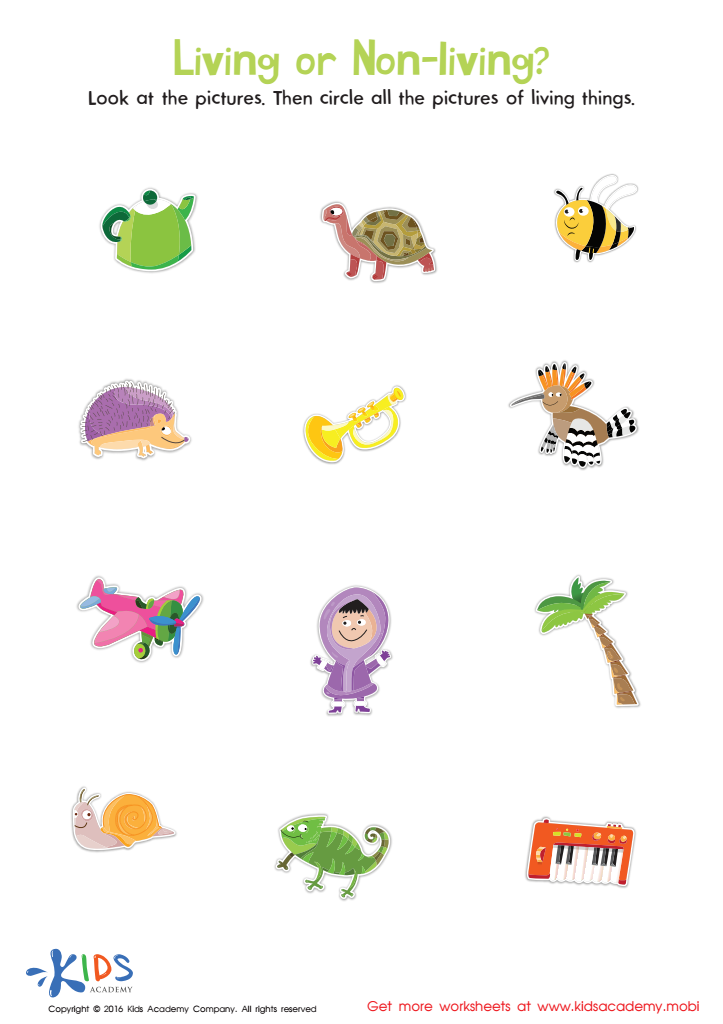

Identifying Living and Non–living Things Sorting Worksheet
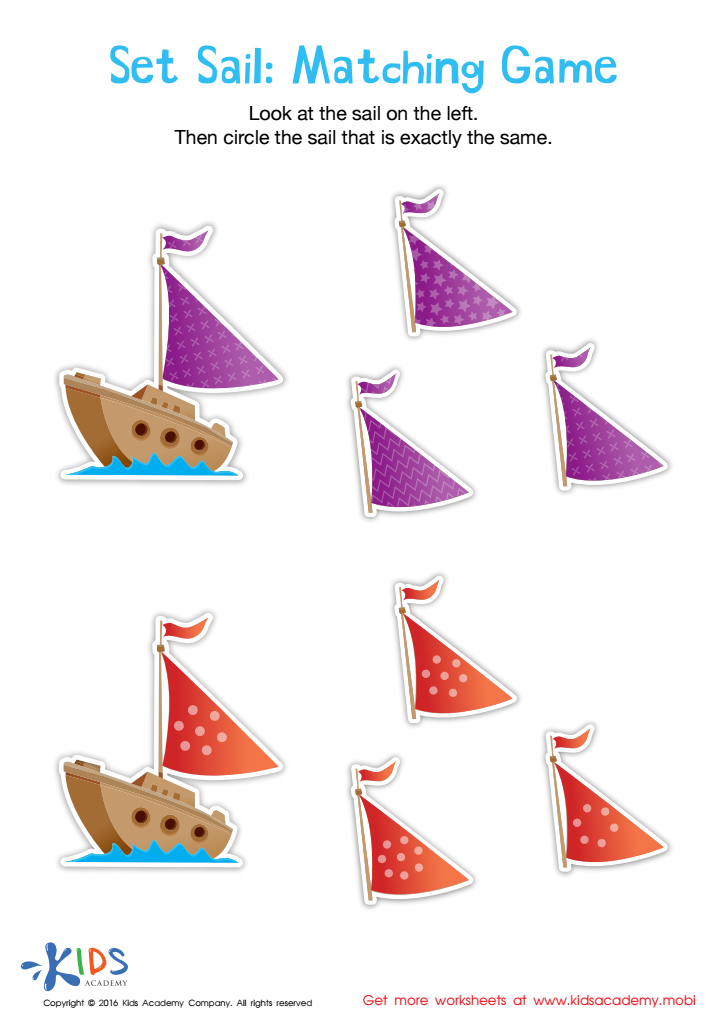

Set Sail Worksheet
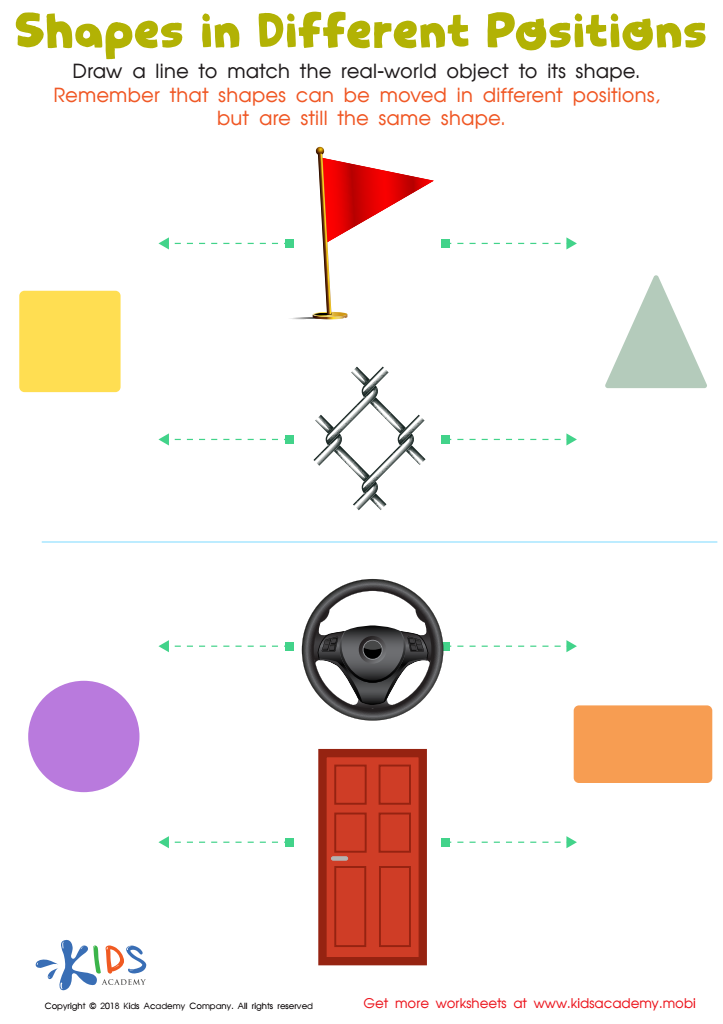

Shapes in Different Positions Worksheet
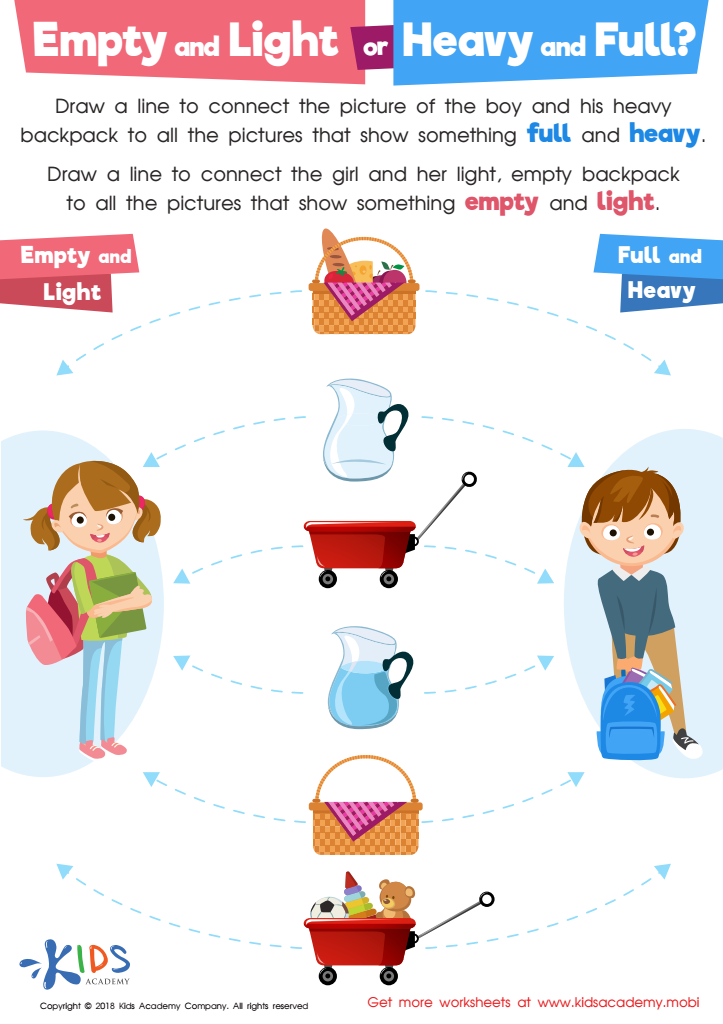

Empty and Light or Heavy and Full? Worksheet
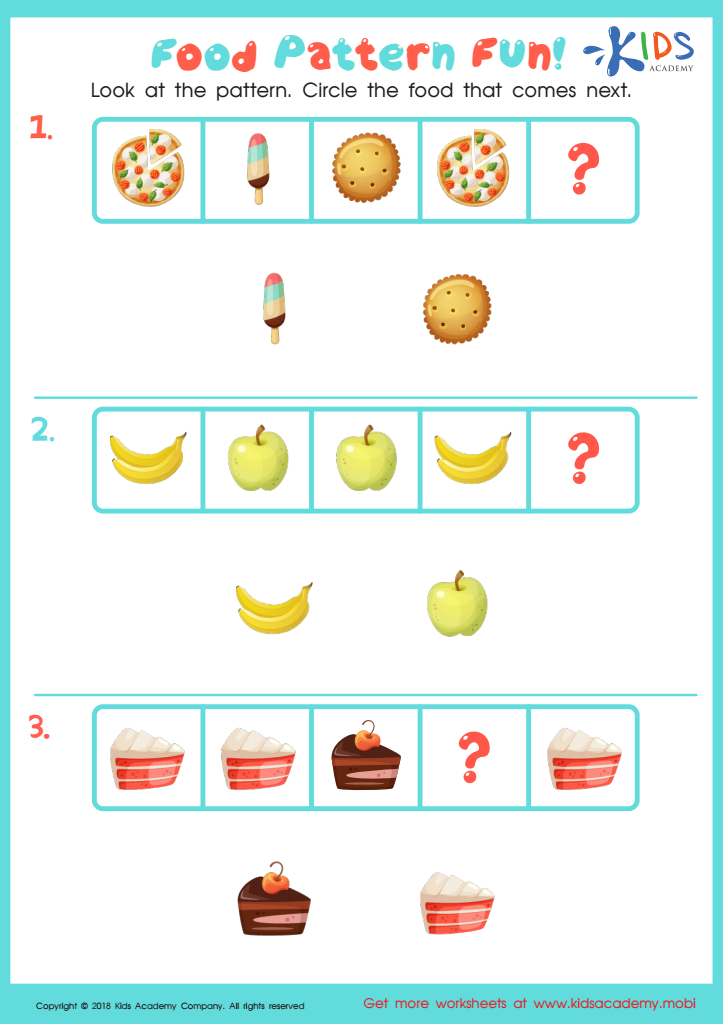

Food Pattern Fun Worksheet
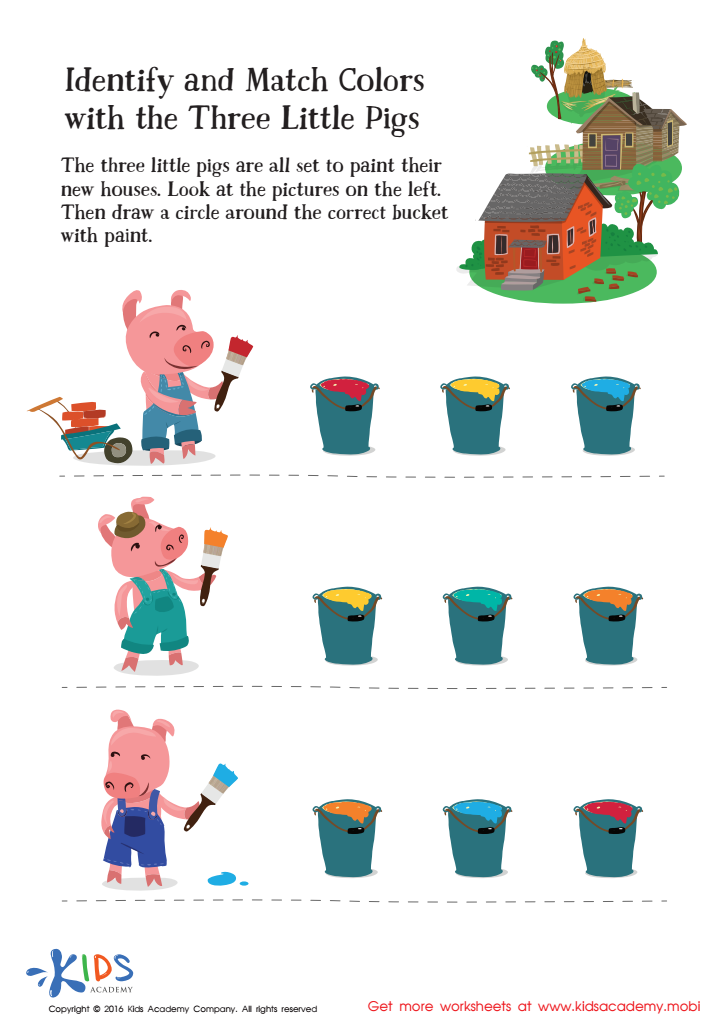

Fairy Tale Worksheet: Identify and Match Colors with Three Little Pigs
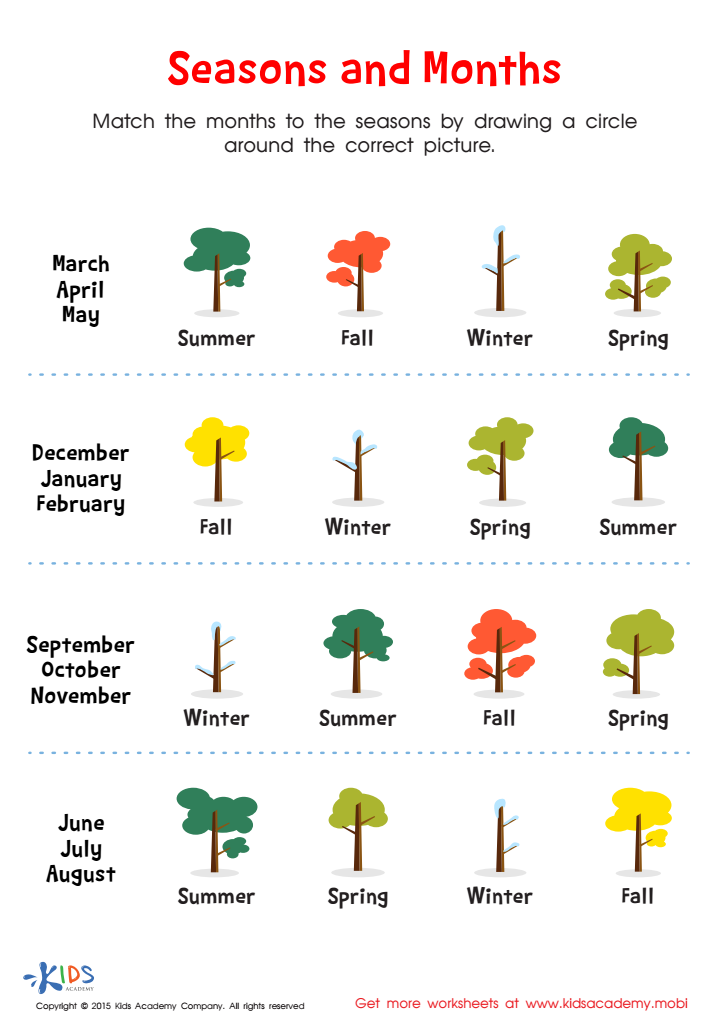

Seasons and Months Worksheet
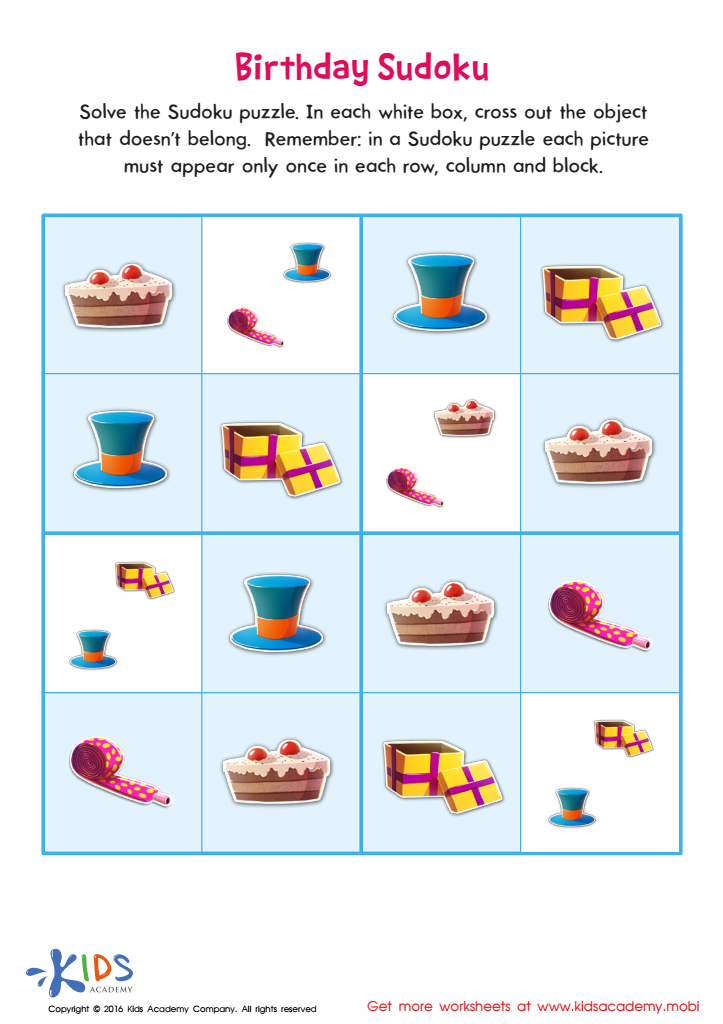

Birthday Sudoku Sorting Worksheet
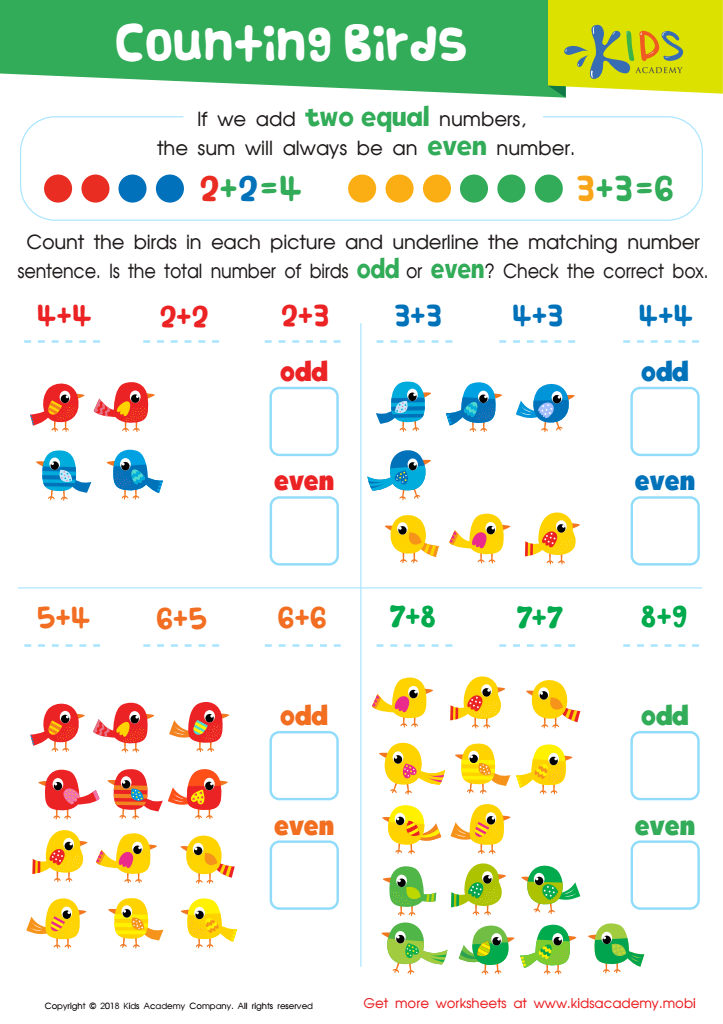

Counting Birds Worksheet
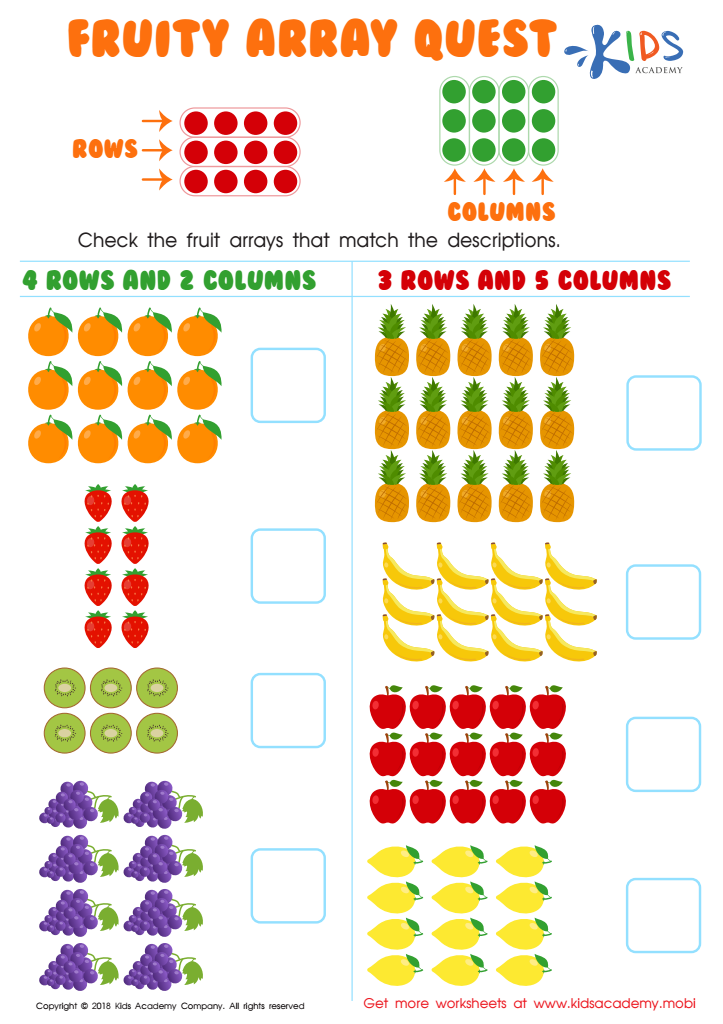

Fruity Array Quest Worksheet
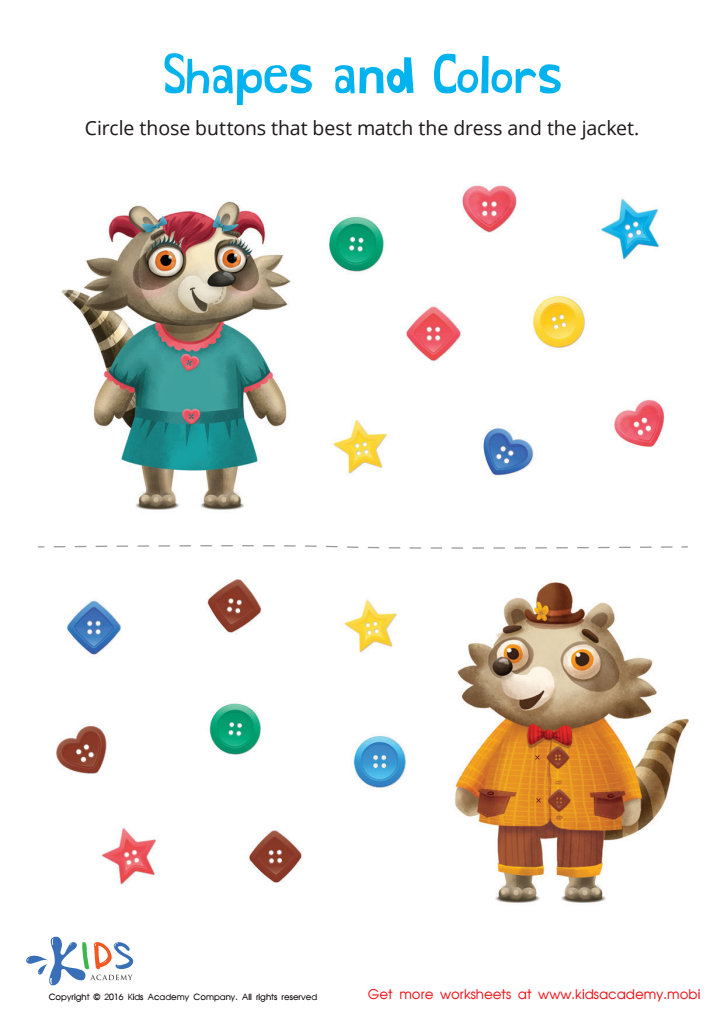

Matching: Shapes and Colors Worksheet
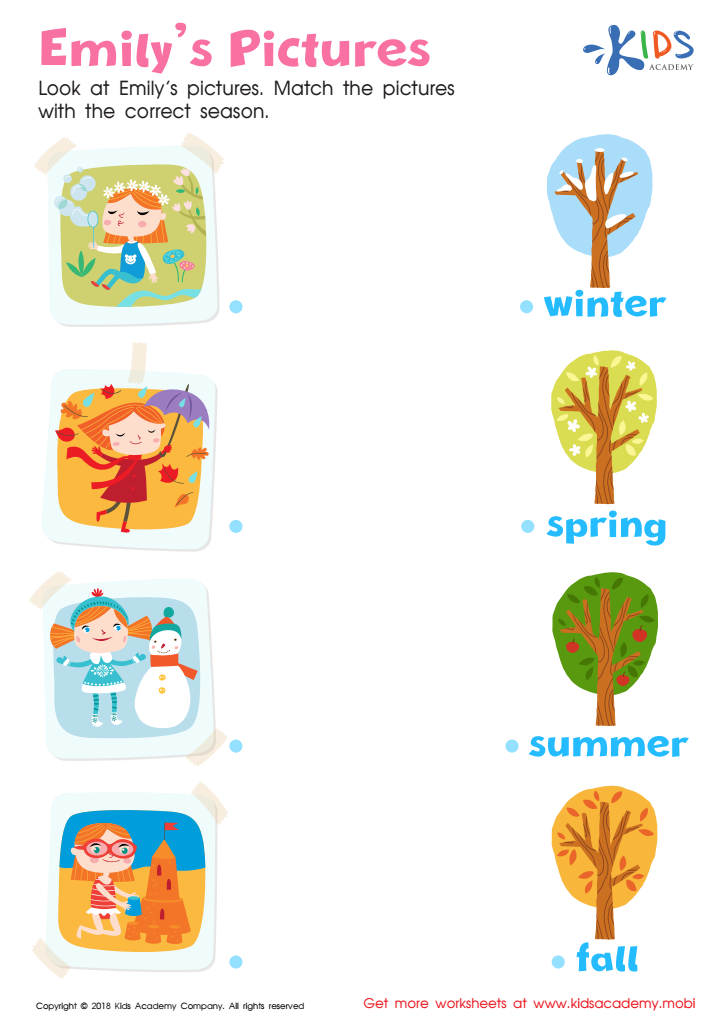

Emily's Pictures Worksheet
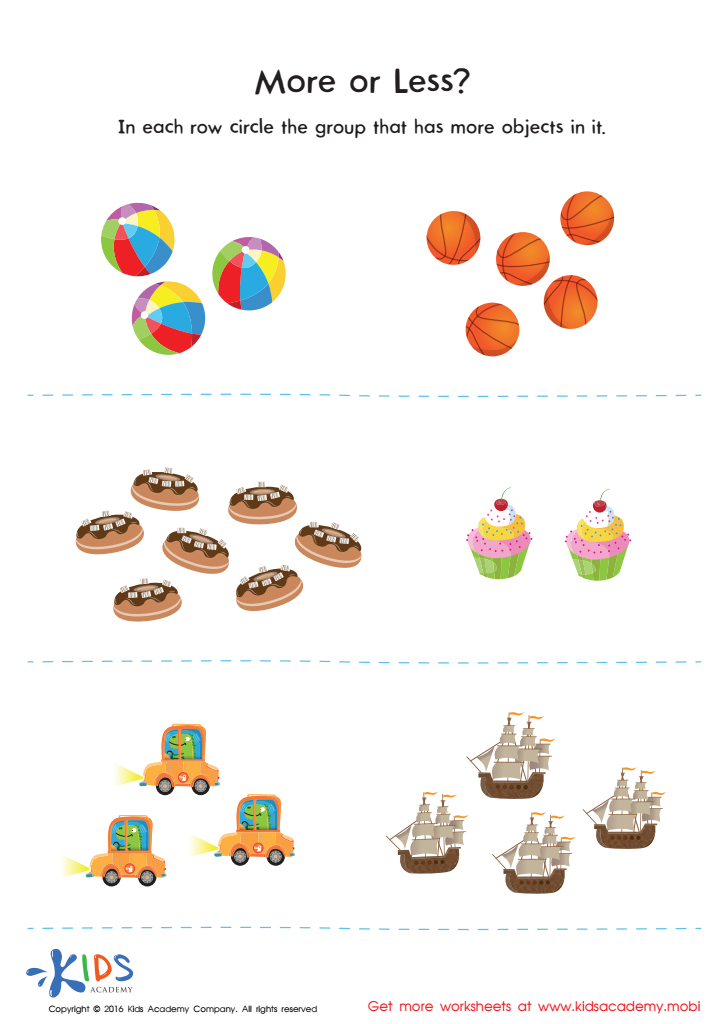

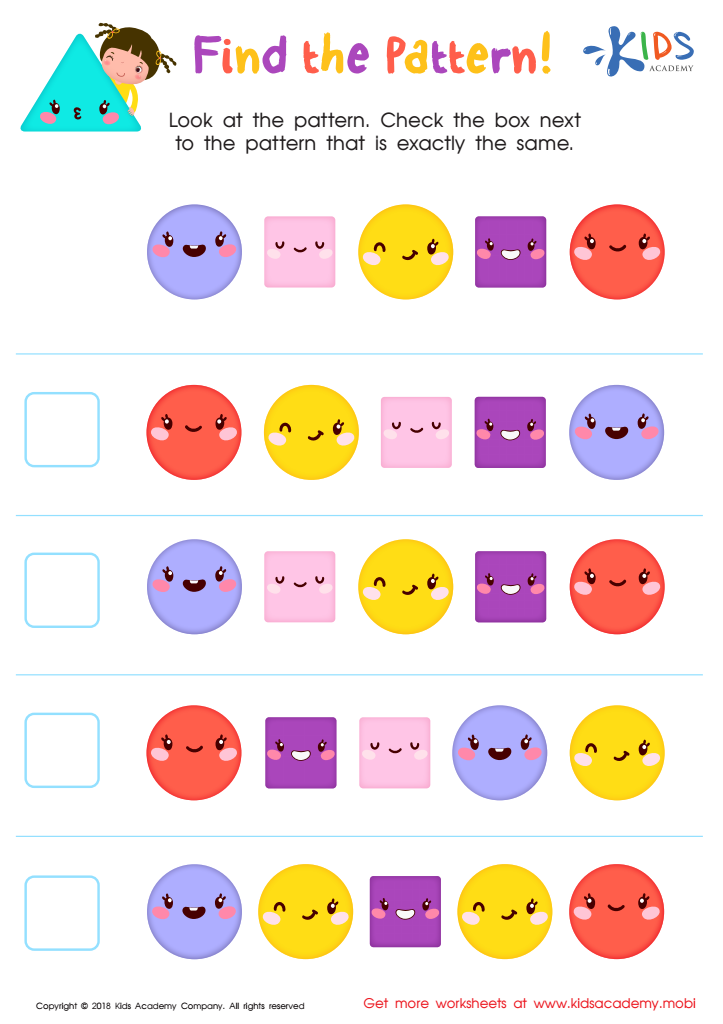

Find the Pattern Worksheet
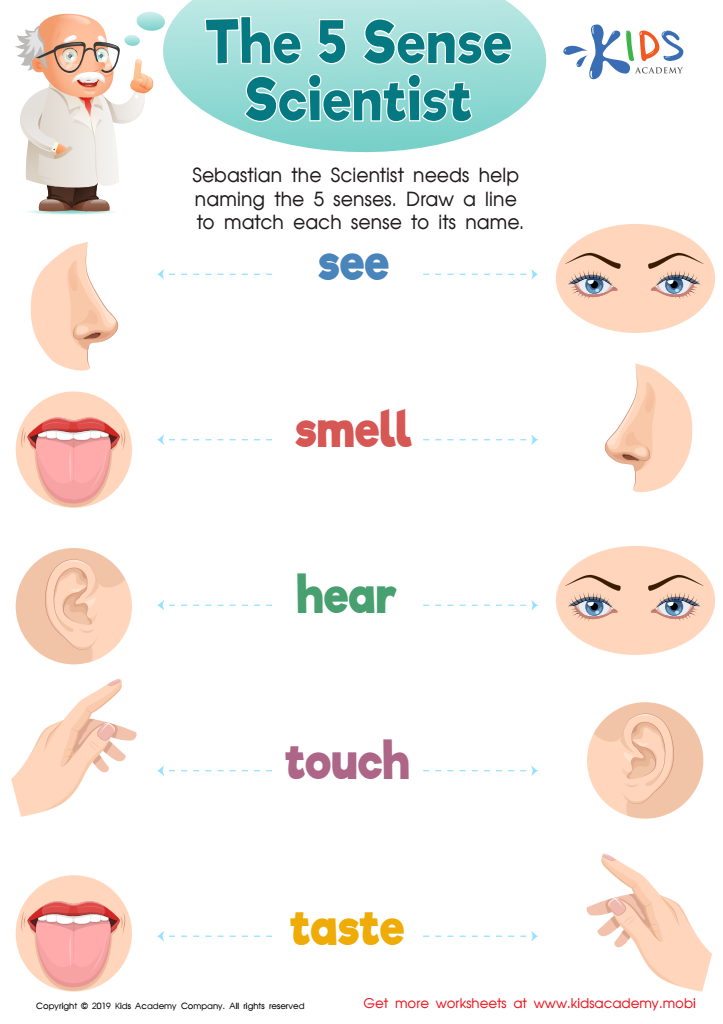

The 5 Sense Scientist Worksheet
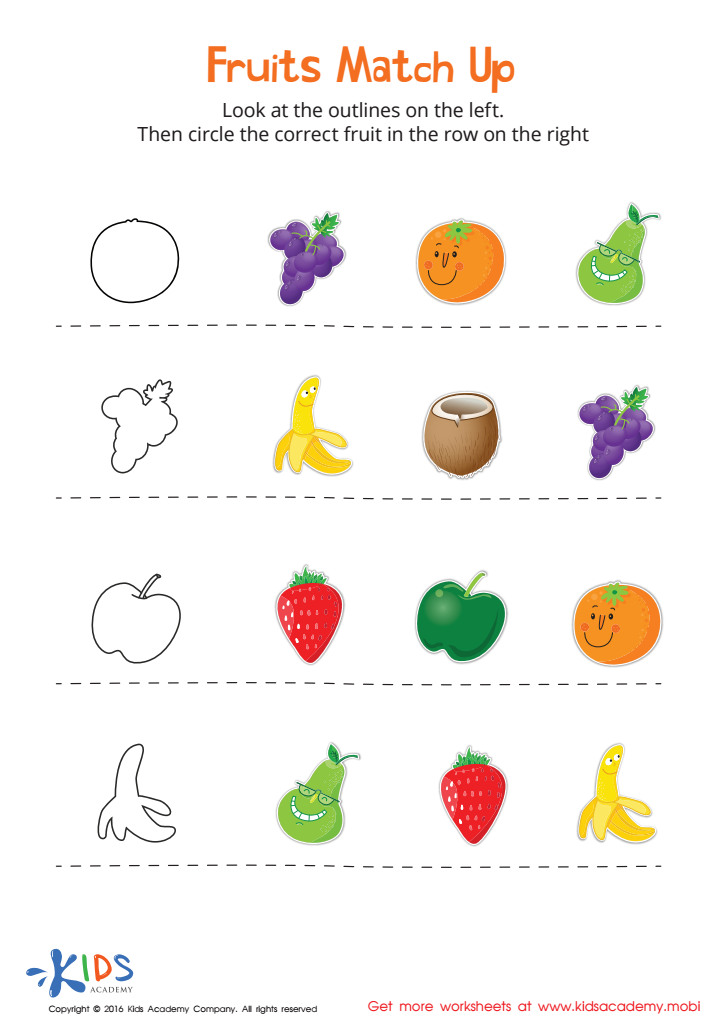

Fruits Match Up Worksheet


Baby Animals Match-Up Worksheet


Count and Match Points 6 Math Worksheet
Matching activities with answers for children aged 3-8 are vital for several reasons. Firstly, these activities promote cognitive development by enhancing critical thinking skills and memory retention. When children link items or concepts together, they exercise their brains, fostering neural connections essential for their growth. Parents and teachers who utilize matching activities can effectively support and stimulate children’s learning processes, making educational experiences dynamic.
Additionally, matching activities can enhance language development. As young children engage with words, images, or objects, they build vocabulary and comprehension skills, crucial for effective communication. This interactive approach to learning is engaging and helps maintain children's attention.
Moreover, these activities encourage social and emotional skills. Working in pairs or small groups encourages teamwork, turn-taking, and the development of interpersonal relationships, fostering a sense of community and collaboration.
Parents and teachers should also recognize that matching activities cater to various learning styles. Visual learners benefit from images, auditory learners from discussions surrounding the matching items, and kinesthetic learners from hands-on interaction. By integrating matching activities, educators and parents create inclusive, enriching environments that cater to the diverse needs of young learners, laying a solid foundation for lifelong learning.

 Assign to My Students
Assign to My Students
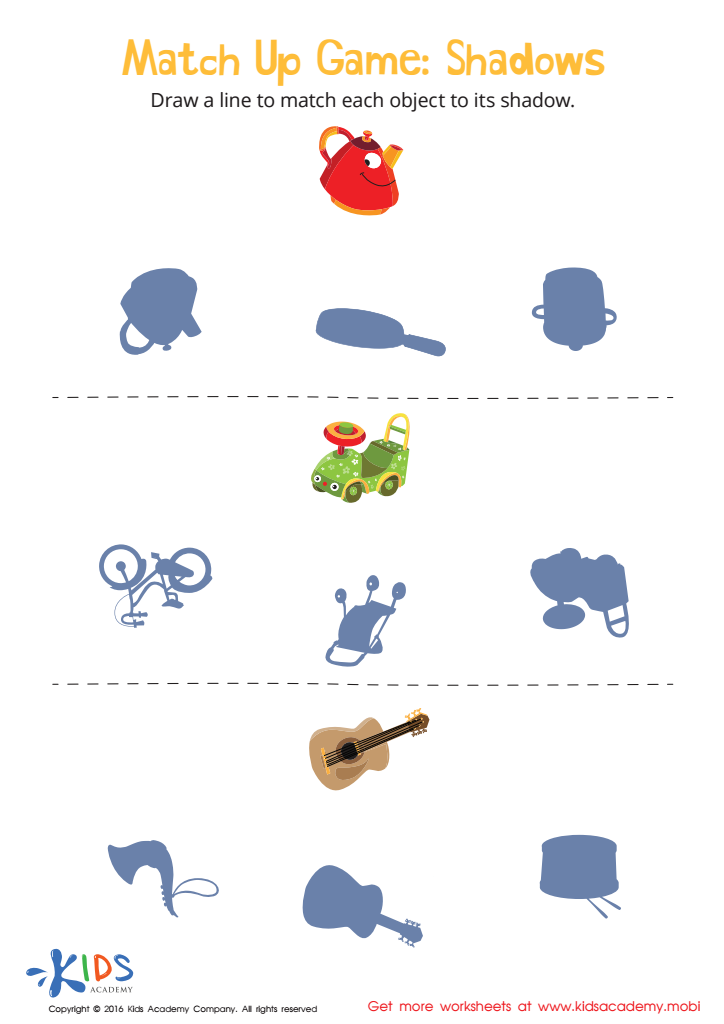
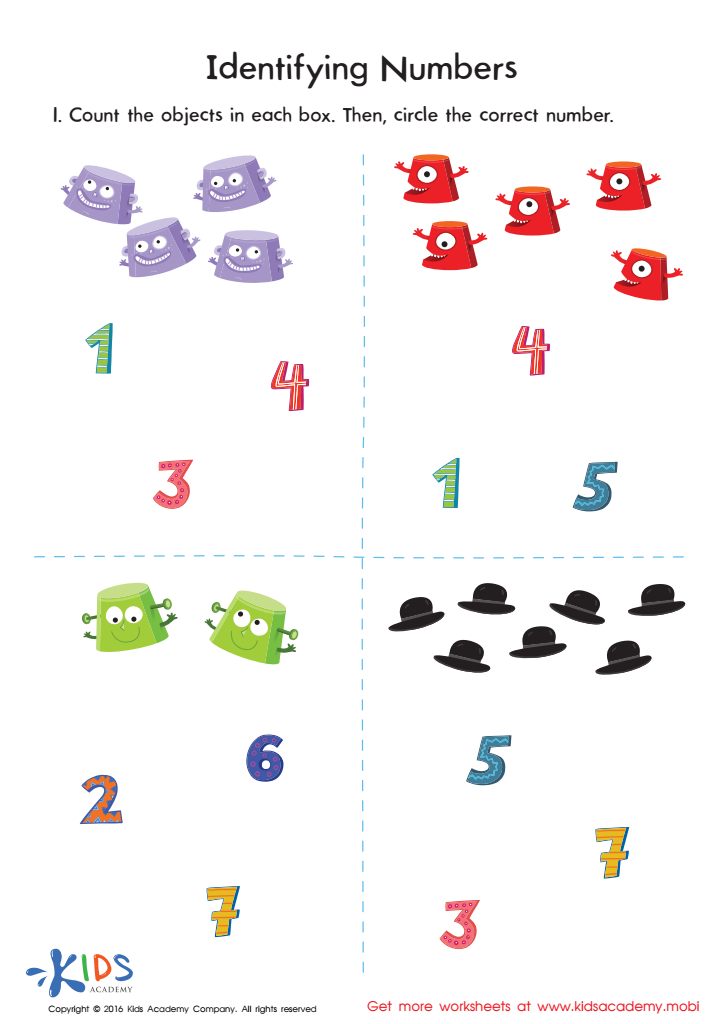


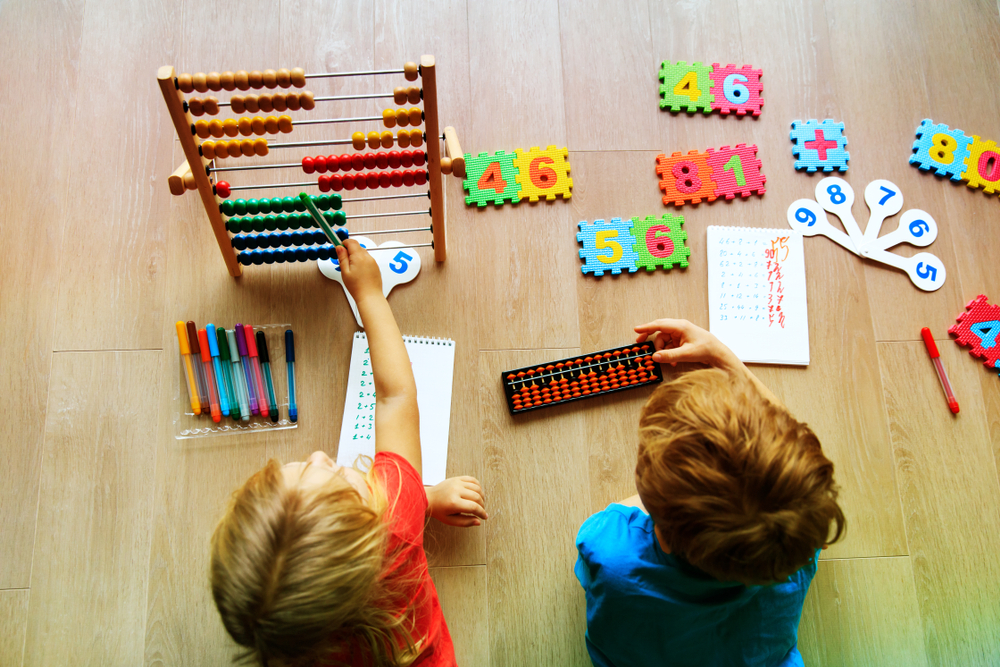
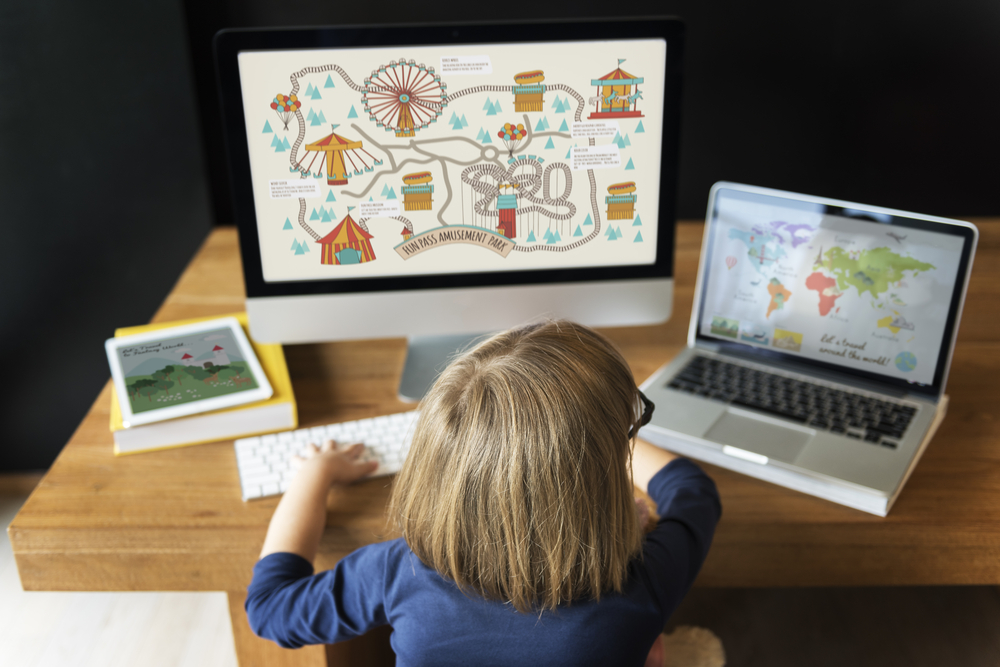
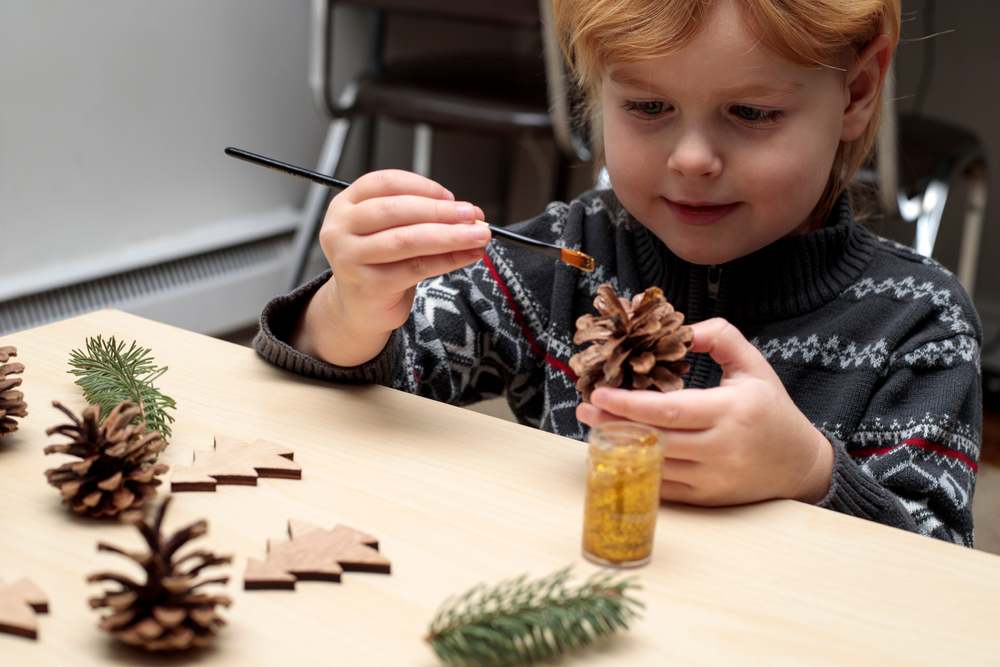
.jpg)

